October 20, 2025
PRIVACY & SECURITY

Mike Olsen, Founder & CEOAugust 16, 2020
Advances in machine learning over the last decade have greatly improved image search and comparison technologies. These advances have given rise to several different types of authentication products.
The most frequently mentioned of these products is facial recognition, no doubt because of its incredible potential as well as its undeniable ethical, legal, and socioeconomic dilemmas it raises.
However, facial recognition is just one of many different kinds of authentication technologies gaining popularity today. Machine learning can be applied in a variety of ways to solve different kinds of problems, or to solve different questions.
For instance, while some products leverage facial recognition, others use face detection. Others still use gaze detection. They each answer different questions. For example:
Facial recognition: "Does the face in this picture match the face in this other picture?"
Face detection: "Is there a face in this picture?"
Gaze detection: "If there is a face in this picture, where is it looking?"
While face detection and gaze detection technologies tend to get lumped into the broader facial recognition conversation, it is important to understand the differences. The differences can help us all properly unpack and address ethical and legal questions raised by new kinds of technology.
Facial recognition is a technology that identifies people. It’s the technology that allows many smartphone users to unlock their phones with their face. Think back to when you set up the face unlock feature of your smartphone: you allowed the phone to capture images of your face from many different angles. When you try to unlock your phone, it asks, "does the face in the camera match those images I captured?" On a larger scale, such a concept is how facial recognition is popping up in businesses, airports, border crossings, and more. For facial recognition to be effective, it requires a database of images of people’s faces—tied to their identities—and technology that compares images to identify people.
Face detection, meanwhile, can identify that there is a human face present in an image of video, but it cannot identify that person—only that there is, indeed, a person in the picture. For example, face detection technology is used in the auto-focus feature on many cameras: it can tell you a face is there, but that’s it. Gaze detection can identify where a person is looking, but cannot identify what they are looking at.
At Proctorio, our mission is to ensure high-quality, high-integrity outcomes for online learners, as they pursue their goals of attaining a better education. To pursue that mission, Proctorio has no need or interest to ever identify a test taker, and as a result, we purposefully chose to use face detection and gaze detection technologies.
This technological choice means Proctorio technology cannot be used to identify a test taker.
Furthermore, Proctorio does not use any technology that makes exam integrity decisions through an algorithm. If our face detection or gaze detection software finds something unusual, we flag it for the exam administrator, who will make all determinations and grading decisions. Proctorio’s software flags behaviors; it does not make decisions.
Integrity is built on trust. The products and technologies we use at Proctorio are purposefully chosen to create the maximum level of trust. We are proud that administrators at 850+ institutions around the world trust us to be their partner as we all provide the best possible online learning experience for learners everywhere.
Note: This blog post was updated for clarity on June 23, 2021.
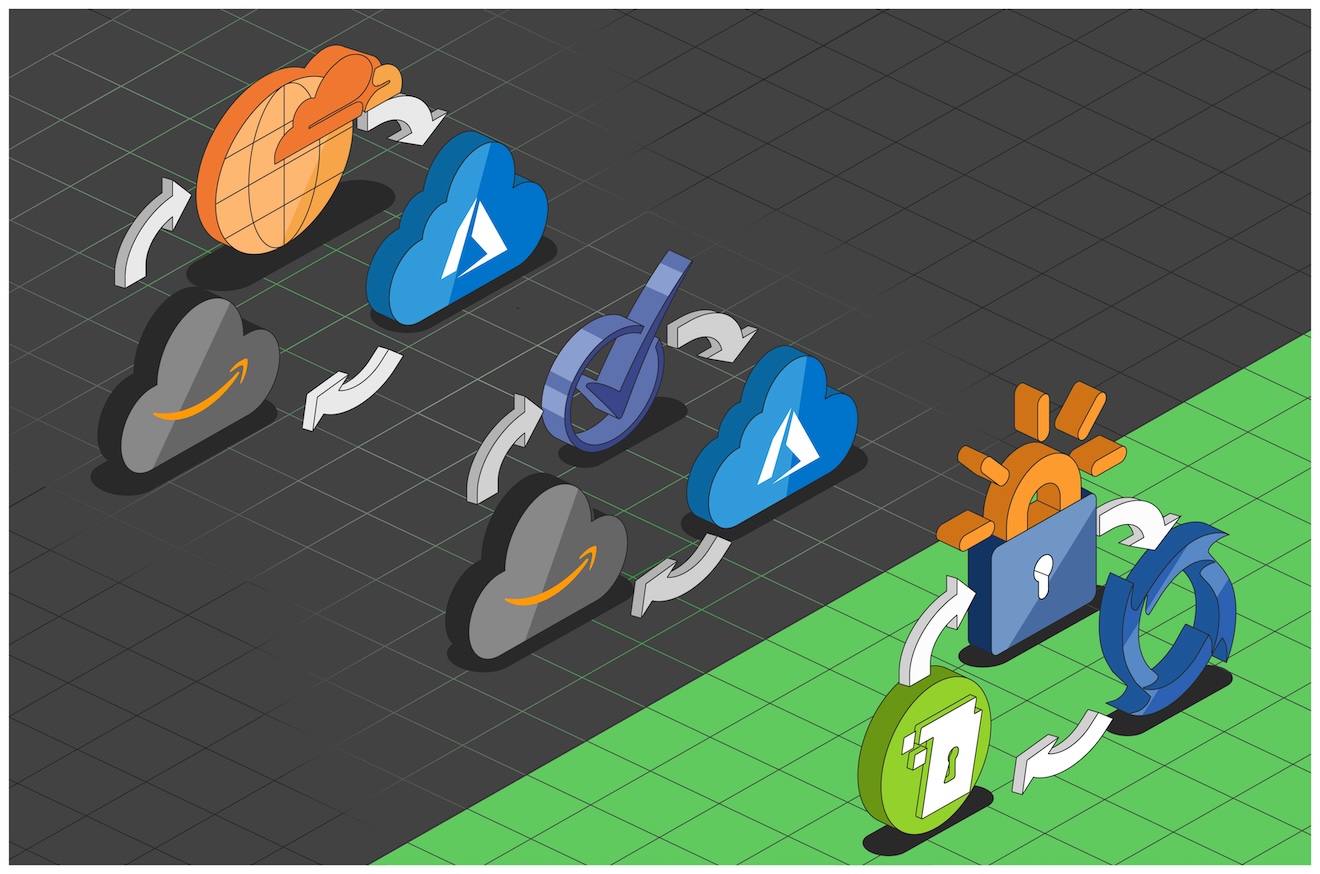
October 20, 2025
PRIVACY & SECURITY

September 10, 2025
PRIVACY & SECURITY
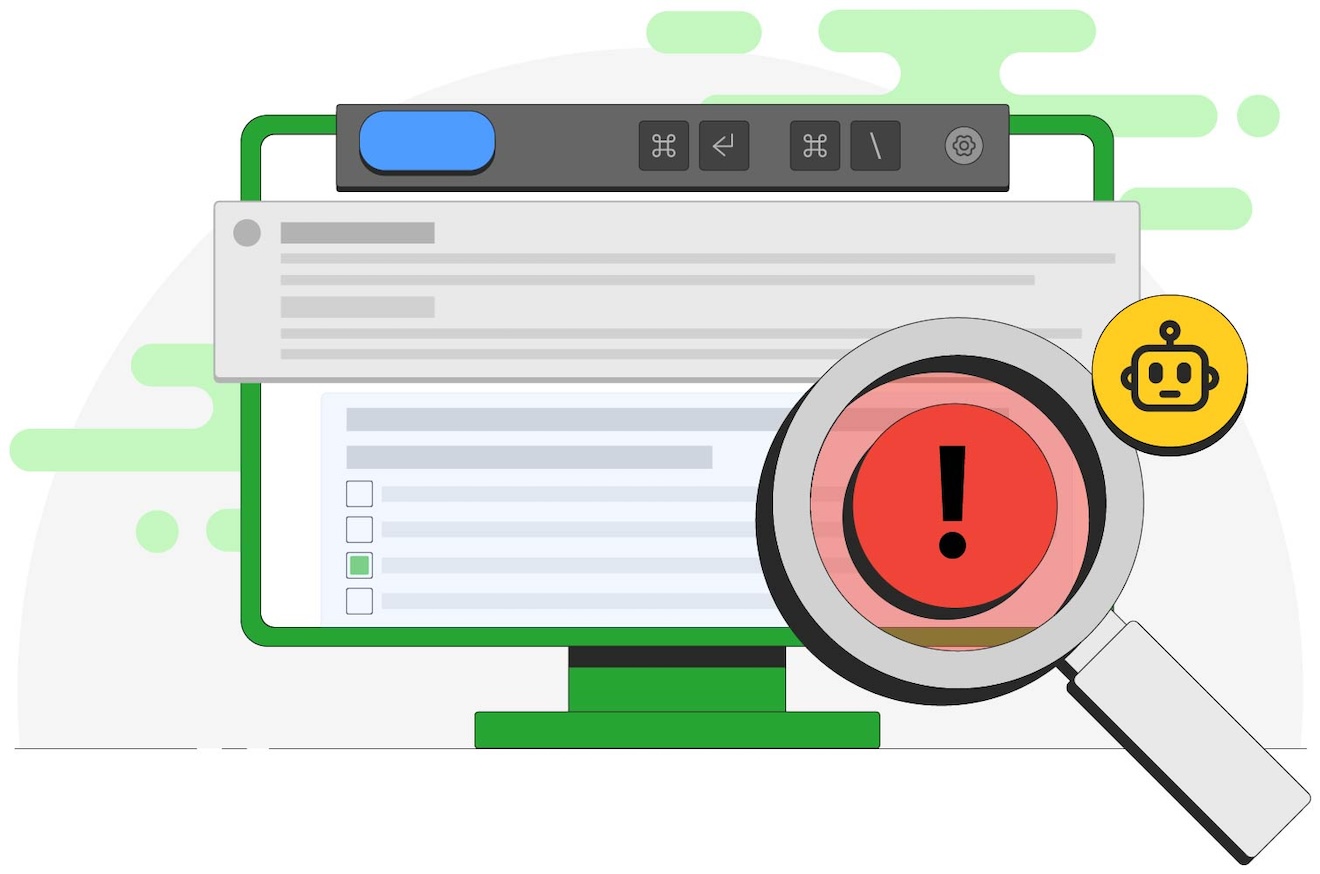
May 28, 2025
PRIVACY & SECURITY
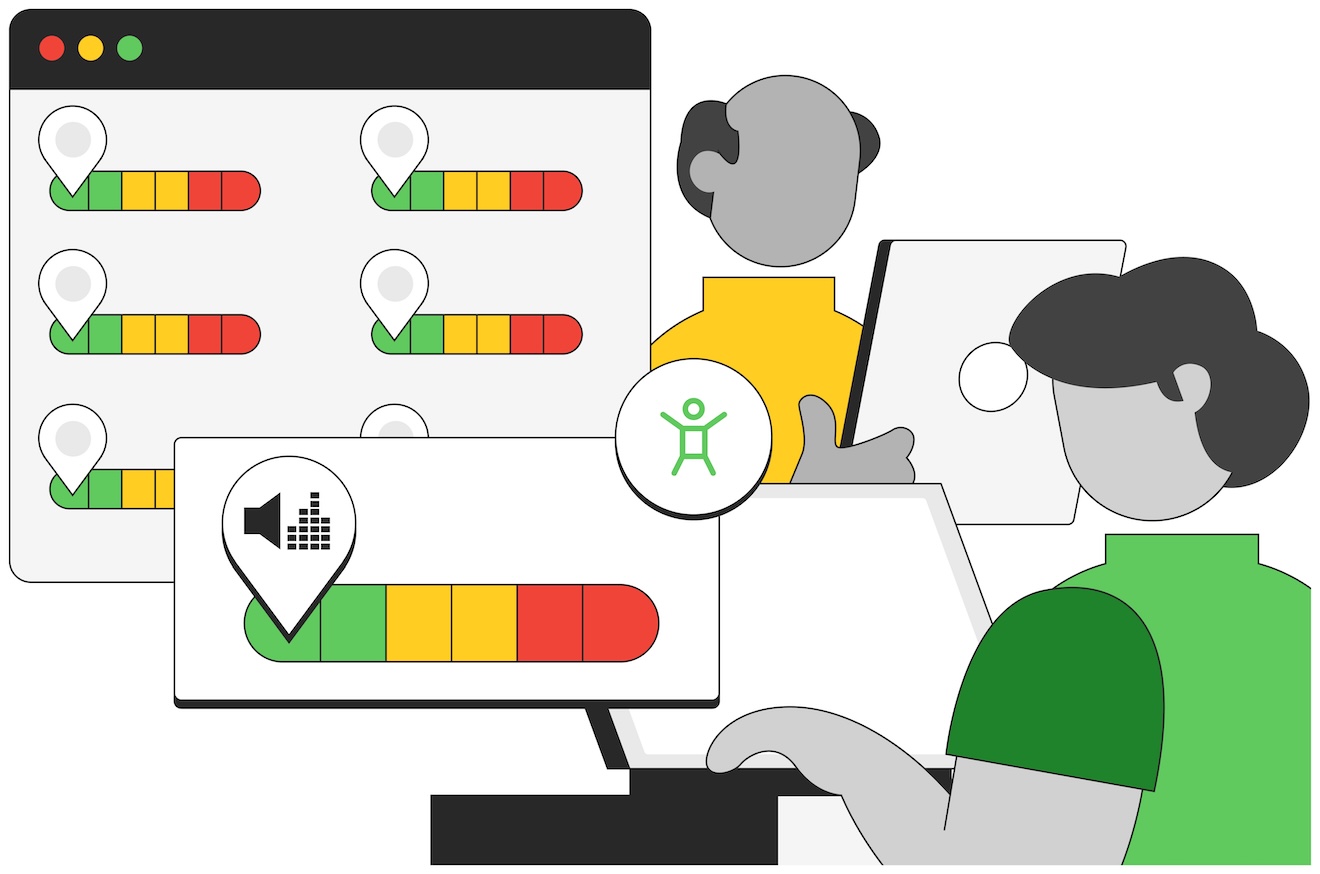
November 18, 2024
PRIVACY & SECURITY

August 14, 2024
PRIVACY & SECURITY

July 31, 2024
PRIVACY & SECURITY

July 17, 2024
PRIVACY & SECURITY
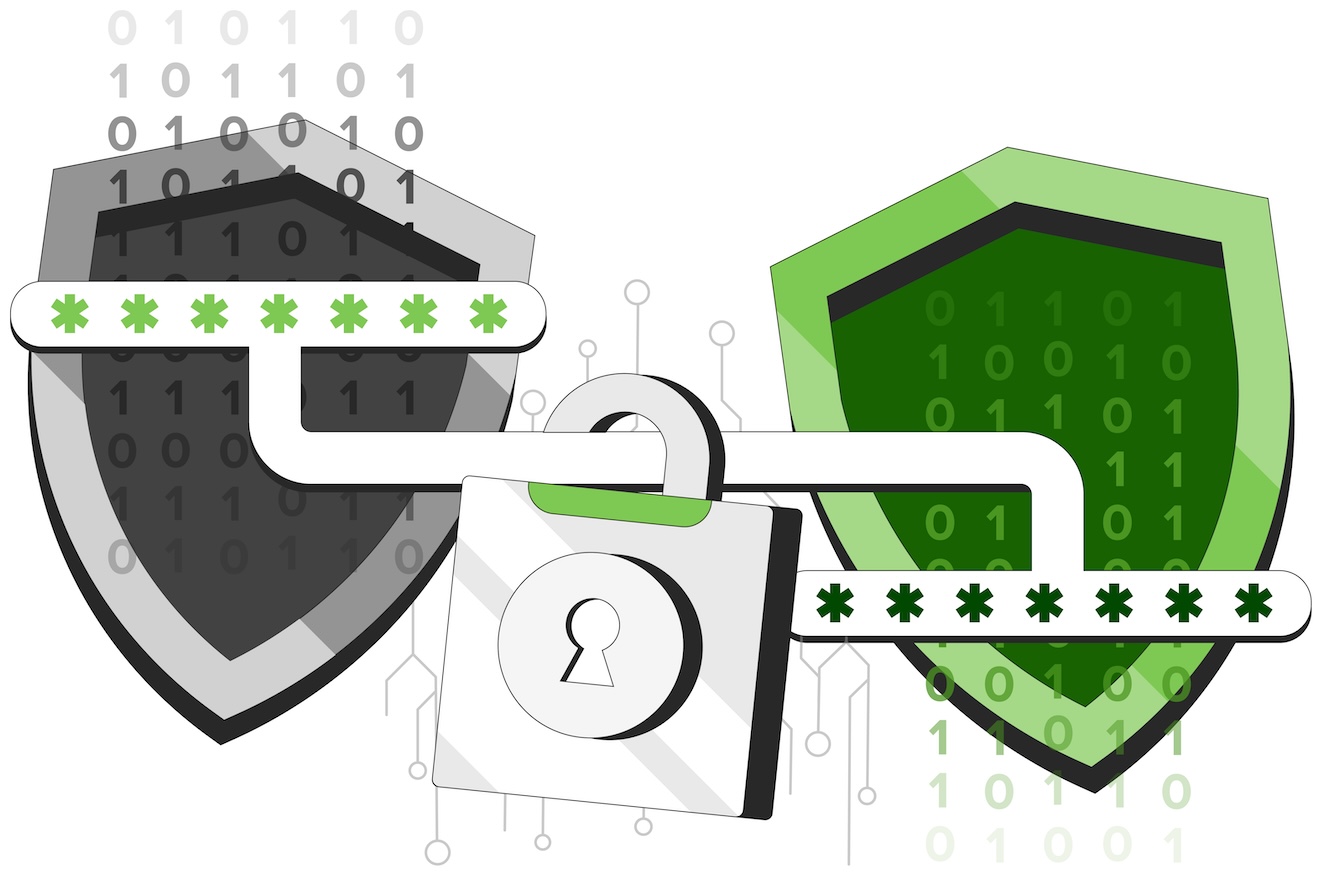
March 21, 2024
PRIVACY & SECURITY
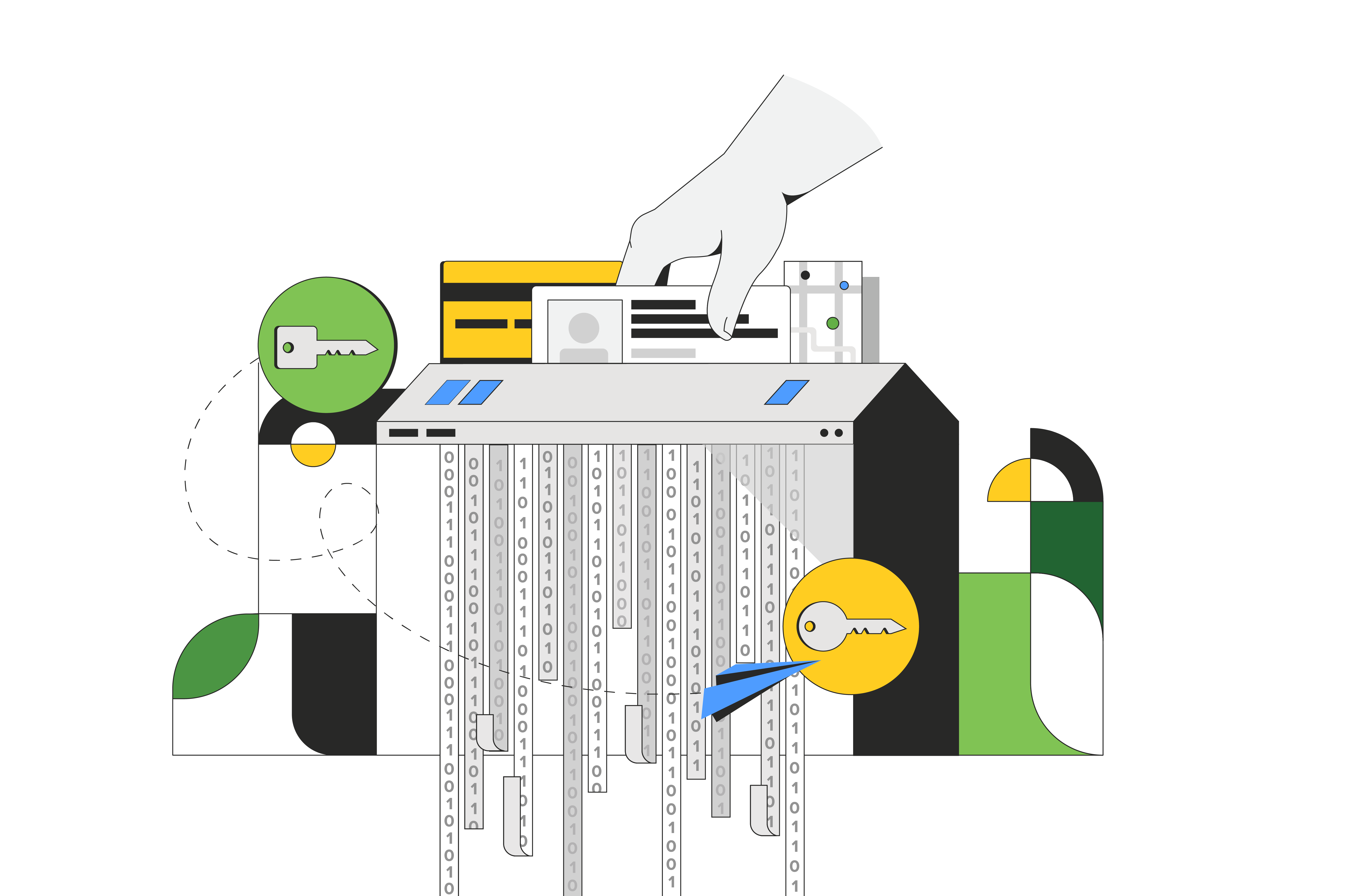
September 19, 2023
PRIVACY & SECURITY

November 3, 2022
PRIVACY & SECURITY

October 28, 2022
PRIVACY & SECURITY

June 03, 2022
PRIVACY & SECURITY
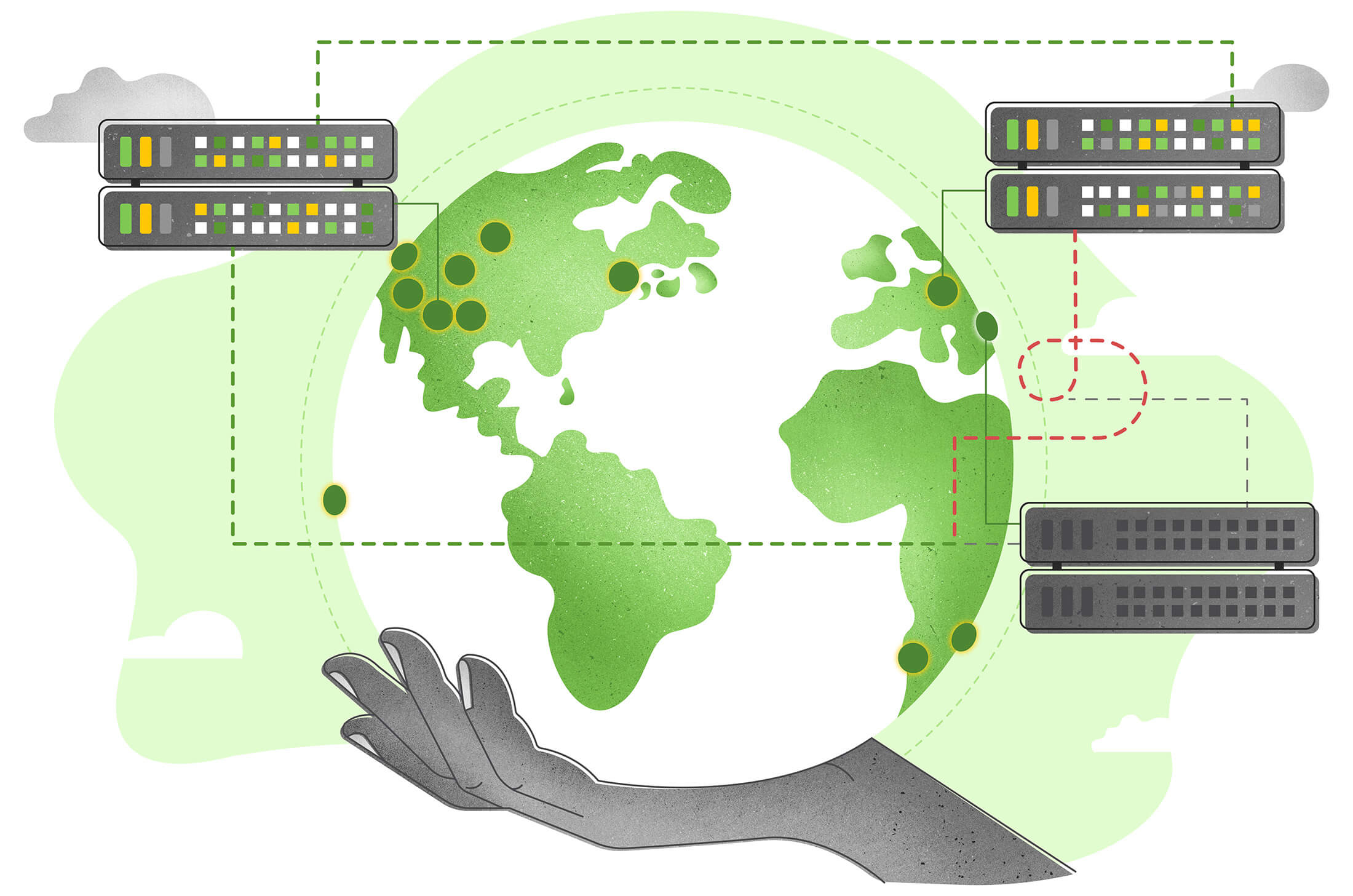
January 5, 2022
PRIVACY & SECURITY
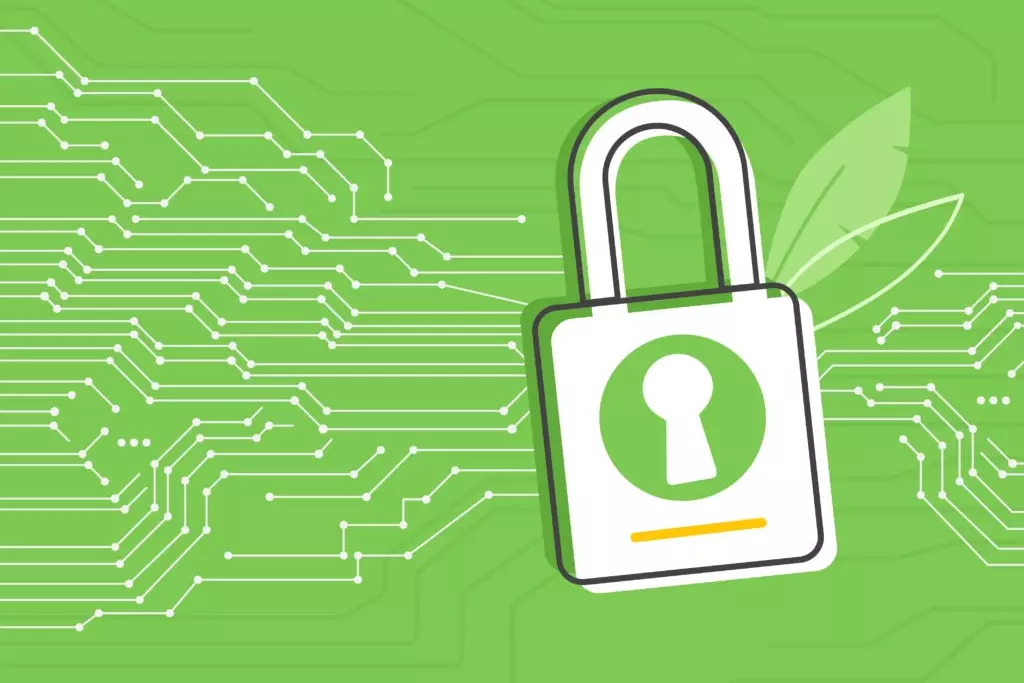
November 01, 2020
PRIVACY & SECURITY

October 06, 2020
PRIVACY & SECURITY

August 15, 2020
PRIVACY & SECURITY